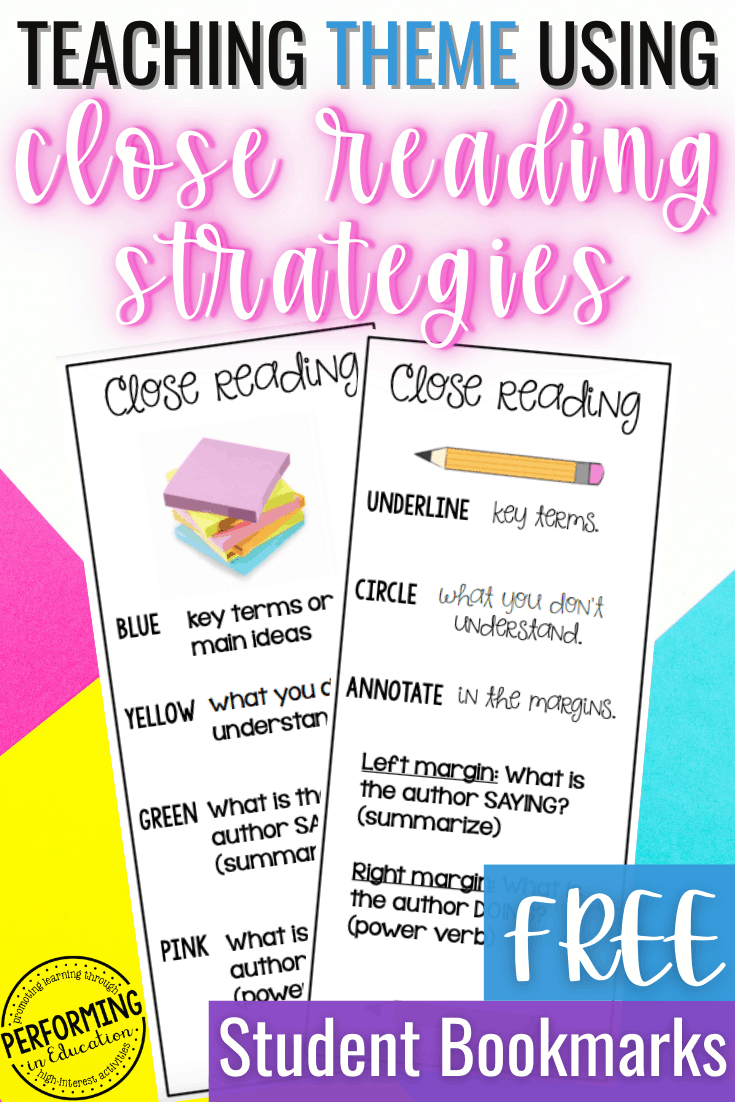Labeling a Volcano Worksheet: Fun and Educational

The world beneath our feet teems with as much wonder as the stars above. Among these wonders are volcanoes, mighty mountains with the potential to both create and destroy. Understanding volcanoes can spark a lifelong interest in geology for young minds. This blog post offers a comprehensive guide to labeling a volcano worksheet, which can be both an educational and fun activity for students, providing insights into Earth's dynamic processes.
Why Study Volcanoes?

Volcanoes have always fascinated humanity due to their power, mystery, and beauty. Here's why they're crucial to study:
- Earth's Processes: Volcanoes illustrate Earth's internal processes like plate tectonics and mantle convection.
- Environmental Impact: They shape the landscape, contribute to climate change through emissions, and provide fertile soil.
- Hazard Awareness: Understanding volcanic activity can prepare communities for potential hazards like eruptions or lahars.
- Scientific Research: Volcanoes are natural laboratories for geologists to study processes that are not easily accessible elsewhere.
Creating a Volcano Worksheet

A well-designed worksheet on volcanoes can ignite curiosity and foster a deeper understanding. Here’s how you can create one:
1. Basic Volcano Diagram

Start with a simple diagram of a volcano. Label the following parts:
- Crater
- Vent
- Magma Chamber
- Main Conduit
- Pyroclastic Flow
- Volcanic Ash
- Lava
2. Volcano Types

Include descriptions of different volcano types:
- Shield Volcanoes: Broad, gently sloping volcanoes formed from low-viscosity lava. Example: Mauna Loa in Hawaii.
- Stratovolcanoes (Composite Volcanoes): Steep, conical volcanoes built by alternating layers of lava flows, volcanic ash, cinders, blocks, and bombs. Example: Mount Fuji in Japan.
- Cinder Cones: Steep conical hills built from ejected fragments of volcanic rocks and ash. Example: Parícutin in Mexico.
- Calderas: Large craters formed by the collapse of a magma chamber after an eruption. Example: Yellowstone Caldera.
3. Volcanic Eruptions

Illustrate the process of an eruption:
- Magma rises due to pressure from below, following the path of least resistance through fissures or conduits.
- Gases bubble out, causing the magma to expand and potentially become explosive.
- Lava, ash, and rock are ejected, either gently flowing or explosively erupting.
| Type of Eruption | Characteristics |
|---|---|
| Hawaiian | Gentle, non-explosive with fountains of fluid lava. |
| Strombolian | Small to moderate explosions, ejecting volcanic material. |
| Vulcanian | Explosive with gas-thrust eruptions of tephra and ash. |
| Pelean | Highly explosive eruptions that can produce pyroclastic flows. |

4. Educational Activities

Enhance learning with interactive activities:
- Volcano Craft: Let students construct a model volcano out of everyday materials like baking soda, vinegar, paper mache, and paint. This hands-on activity can simulate an eruption.
- Case Studies: Examine historical volcanic events to understand real-world impacts and human responses.
- Research Projects: Assign students to research different aspects of volcanoes, like types, locations, or monitoring techniques.
- Worksheet Scavenger Hunt: Provide clues for students to find and label different volcano parts in diagrams or videos.
🌋 Note: Ensure safety protocols are followed when experimenting with volcanic models, especially when using chemicals or heat sources.
Through this engagement with labeling a volcano worksheet, students not only learn about volcanic structures but also explore the broader geological, environmental, and societal implications of volcanic activity. By making the activity fun and educational, it becomes a memorable and impactful learning experience.
How can we make learning about volcanoes interactive for children?

+
Children can engage with volcano education through hands-on experiments like building model volcanoes, watching educational videos, or using augmented reality apps to explore volcanoes in 3D.
What are the safety precautions for volcano experiments?

+
Always use protective eyewear, gloves, and work in a well-ventilated area. Avoid inhaling volcanic ash or using dangerous chemicals. Adult supervision is necessary for experiments involving fire or explosive reactions.
What are the differences between the main types of volcanoes?

+
Shield volcanoes are characterized by wide, gently sloping sides due to low-viscosity lava. Stratovolcanoes have steeper slopes with layers of both lava and ash. Cinder cones are smaller, built from ejected volcanic material, and calderas form after massive eruptions that empty the magma chamber, causing the overlying structure to collapse.



